Nestled in the heart of Tanzania, the Ngorongoro Crater offers a breathtaking spectacle that is unmatched anywhere else on earth. Formed two to three million years ago when a giant volcano exploded and collapsed on itself, the crater has since transformed into a vast and verdant basin teeming with an extraordinary array of wildlife and stunning landscapes. This unique geological feature, often referred to as “Africa’s Eden,” spans approximately 260 square kilometers and is a World Heritage site that draws nature enthusiasts and adventure seekers from around the globe.
Table of Contents
The Formation of Ngorongoro Crater
The Ngorongoro Crater is a caldera, a large cauldron-like hollow that forms following the evacuation of a magma chamber/reservoir. When the former volcano, believed to have been higher than Mount Kilimanjaro, erupted, it left behind a crater that is roughly 20 kilometers across, 600 meters deep, and 300 square kilometers in area. This natural amphitheater has created a unique ecosystem that supports a dense population of wildlife, all enclosed within its towering walls.
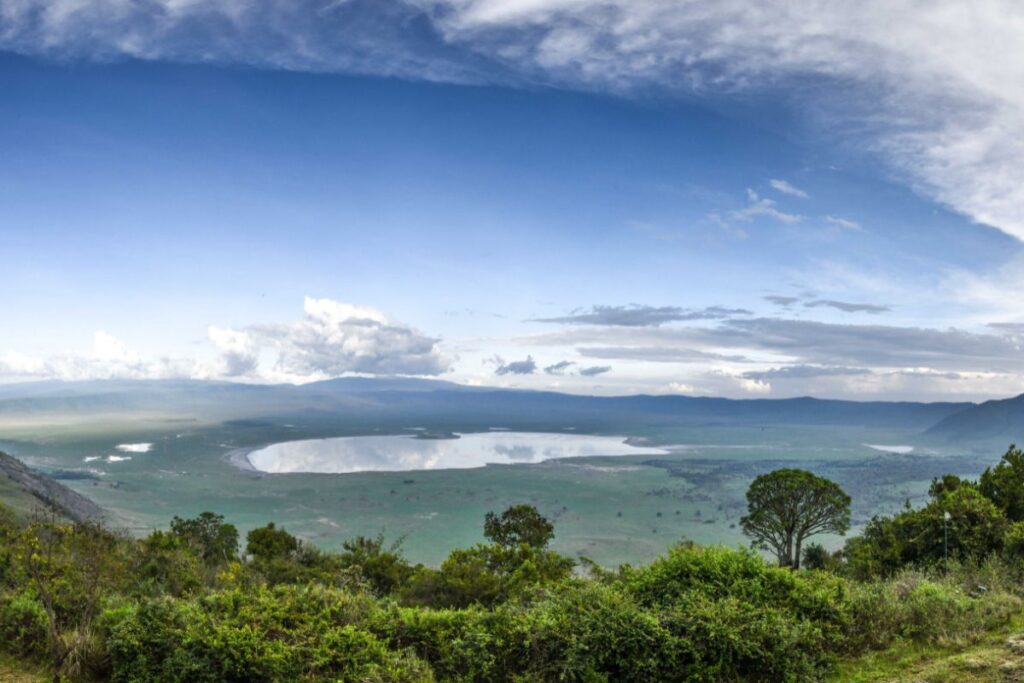
A Haven for Wildlife
What makes Ngorongoro Crater unique is its year-round availability of water and food, which has encouraged a stable and resident wildlife population. Within this natural enclosure, about 25,000 large animals thrive, including some of Africa’s last remaining black rhinos. The crater is home to a high concentration of predators, such as lions, hyenas, and cheetahs, alongside vast herds of wildebeest, zebras, and Thomson’s gazelles.
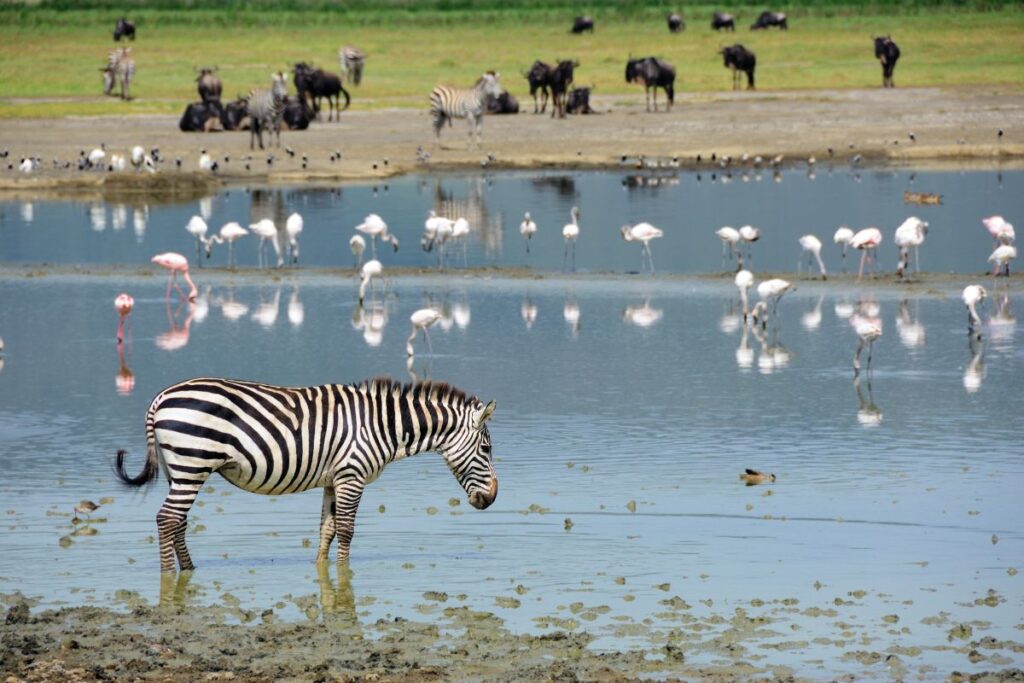
One of the most striking features of Ngorongoro is the diversity of its habitats. The crater floor is primarily open grassland, which provides ample opportunity for herbivores to graze and predators to hunt. There are also patches of acacia forest, which offer shade and a home for other species such as elephants, as well as areas of marshland that sustain a rich variety of bird life.
Birdlife in the Crater
For bird enthusiasts, Ngorongoro Crater is a paradise. Over 500 species of birds have been recorded here. The most notable are perhaps the flamingos that line the shores of the soda lake, Lake Magadi, in the southwestern corner of the crater. Depending on the season, the lake is frequented by thousands of these beautiful birds, creating a spectacular pink hue against the grey backdrop of the lake’s waters. Other birds, such as eagles, ostriches, and buzzards, can be seen soaring above the crater, searching for their next meal.

Cultural Richness
The conservation area is also significant for human culture. The Maasai, semi-nomadic pastoralists who have lived in harmony with nature for centuries, graze their livestock alongside the wild animals. A visit to the crater is incomplete without interacting with the Maasai, who offer insights into their rich cultural heritage through village walks, dances, and storytelling sessions.
Conservation Efforts
Despite its natural beauty and ecological significance, Ngorongoro faces challenges such as poaching and human-wildlife conflict. Conservation efforts are ongoing and crucial in maintaining the balance of this fragile ecosystem. The Ngorongoro Conservation Area Authority (NCAA) actively works to mitigate these challenges through strict regulations and community engagement programs.
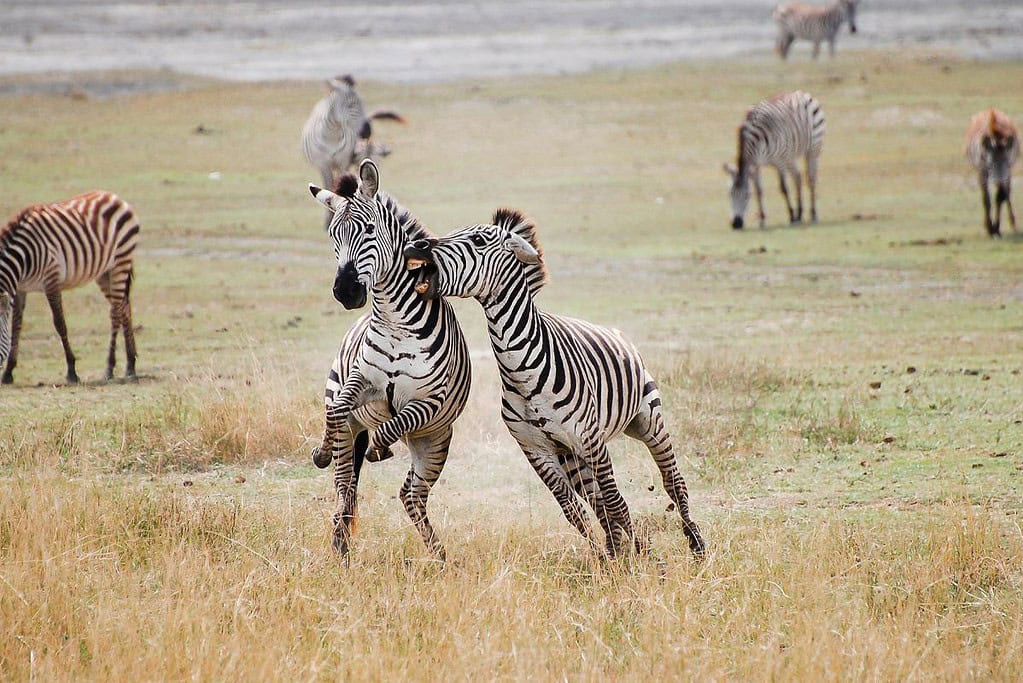
Visiting Ngorongoro Crater
A trip to Ngorongoro is a highlight of any Tanzanian safari. The best time to visit is during the dry season, from June to September, when wildlife viewing is at its peak. However, the wet season also has its charm, bringing lush, green scenery and a plethora of newborn animals. Lodging within the crater rim offers spectacular views and the unique experience of sleeping in one of the world’s largest intact volcanic calderas.
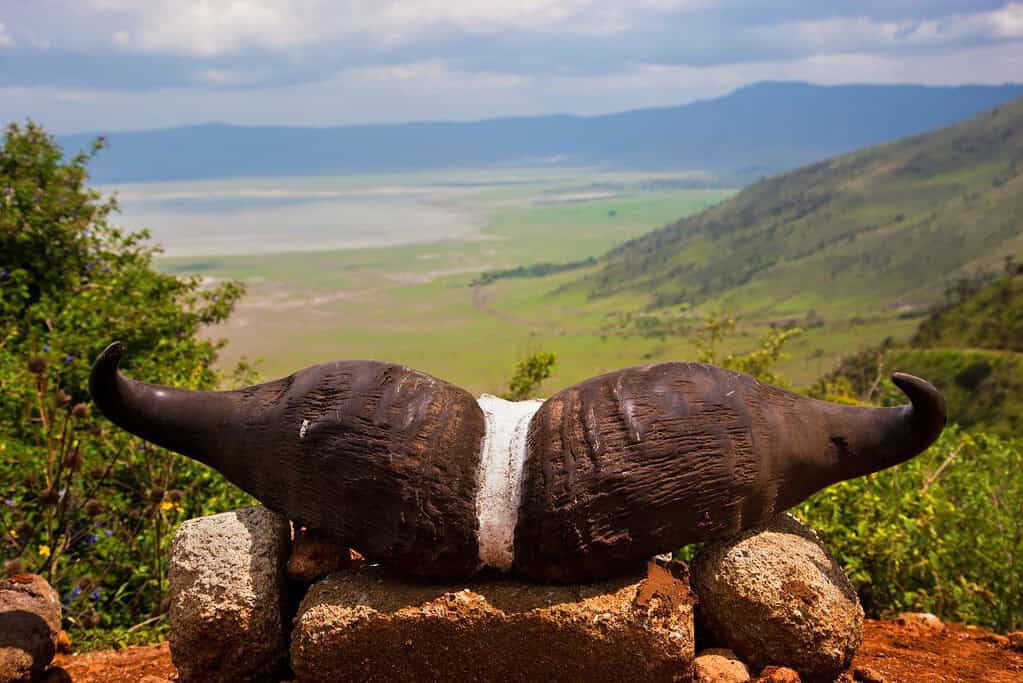
For those planning to visit, it’s advisable to spend at least a couple of days exploring the crater and surrounding highlands. Safaris often combine a visit to Ngorongoro with neighboring Serengeti National Park and other parks in northern Tanzania for a comprehensive wildlife experience.
Wildlife Conservation Challenges
Despite the concerted efforts in conservation, Ngorongoro Crater faces significant challenges. Human-wildlife conflict remains a pressing issue as the local population grows and the demand for land increases. Additionally, the enclosed nature of the crater means that diseases can quickly spread among wildlife populations, posing a significant risk to species like the black rhino and lions.
Illegal poaching for bushmeat and trophies is another challenge. While the NCAA has strict anti-poaching measures in place, constant vigilance is necessary to protect these vulnerable species from illegal hunting. The integration of advanced technology such as drone surveillance and increased community involvement in conservation are part of the strategies being implemented to combat these issues.
The Tourist Experience
Visitors to Ngorongoro can expect a rich itinerary that includes game drives, walking safaris guided by experienced rangers, and cultural tours. Game drives at dawn offer spectacular scenes of predator and prey interactions, while a visit during the late afternoon provides breathtaking views of the crater bathed in the golden light of sunset.
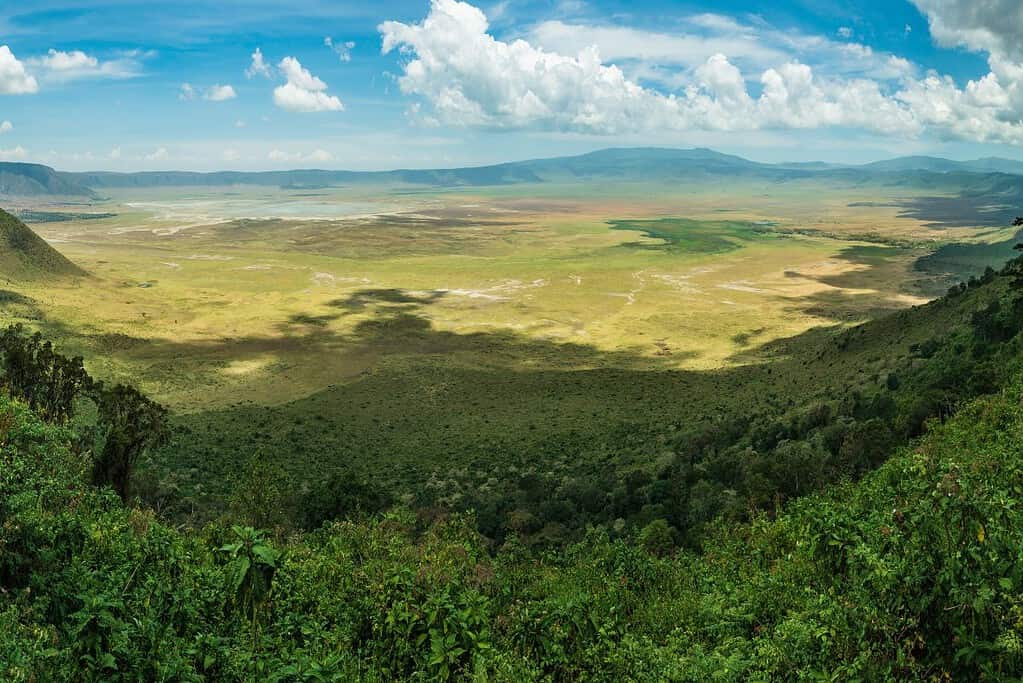
Moreover, cultural tours provide a deeper understanding and appreciation of the Maasai way of life, offering an immersive experience that goes beyond wildlife viewing. Tourists can participate in traditional dances, visit bomas (Maasai villages), and learn about the medicinal plants used by the community.
Conclusion
The Ngorongoro Crater is more than just a wildlife haven; it’s a captivating blend of natural beauty, ecological diversity, and cultural richness. Its status as a World Heritage site is a testament to its importance, not just to Tanzania but to the world at large. For anyone looking to experience the raw beauty of Africa, Ngorongoro offers an unforgettable adventure that’s both awe-inspiring and enlightening, truly a wonder of the natural world.
Read the Tanzania article here.
